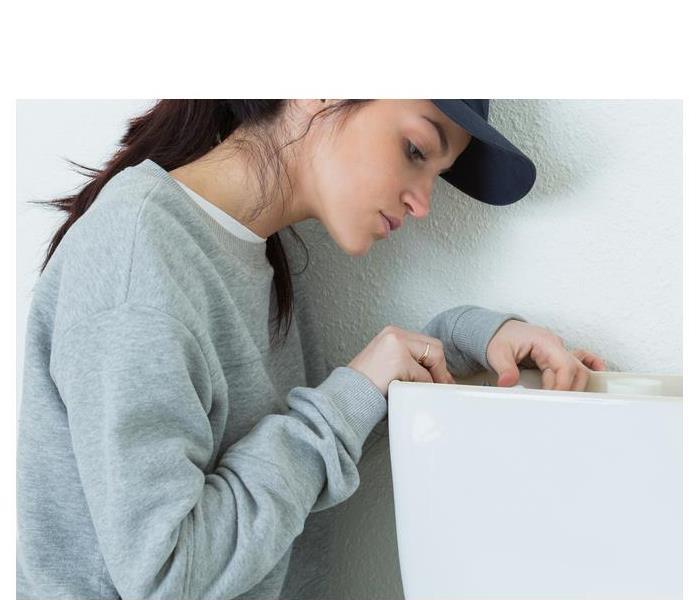What if a Toilet Overflows in Your Home?
6/4/2020 (Permalink)
The world could be said to have entered the modern era around 1900 since this was when average homeowners started seeing flushing toilets become widespread for individual residences. Solutions to handling sewage before indoor toilets were inconvenient at best and frequently a public health disaster.
Unfortunately, when commodes don’t work right, it can feel like a throwback to the 19th century, potentially leaving you with widespread sewer damage in your home – and an unholy mess to face. Knowing how to handle it will make your life easier.
What Are the Types of Damage?
The sewer damage to your home will depend on the category of water damage:
- Category 1 is clean water with no waste.
- Category 2 is grey water with urine but no feces.
- Category 3 is black water with fecal material.
A flooded toilet with clean water will at least present no danger of contamination, although if it soaks into carpet, wood, or drywall, you may need professional help. Category two or three will almost always require an expert to disinfect the impacted areas and inspect for hidden water damage.
What Should You Do if It Happens?
First off, stop the overflow! Open the tank and raise the float so that the inflow valve shuts off. If necessary, turn off the water to the toilet. Remove standing water as fast as possible; if it’s a small amount of clean water and you remove it immediately you may not need to do anything else. If there’s sewer damage, excessive amounts or contaminated water, you’ll almost certainly need to consult with a local restoration company experienced in dealing with serious water damage.
Who’s Responsible for the Clean-Up?
In most cases, you’re the lucky one who deals with the mess. Unless your sewage company can be shown to have negligently caused a serious plumbing issue, the homeowner is responsible in Pflugerville, TX. In a multi-family unit, your landlord may share responsibility or be expected to handle the problem if the sewer line is shown to have serious issues. At the least, the immediate mess is always your problem.




 24/7 Emergency Service
24/7 Emergency Service
